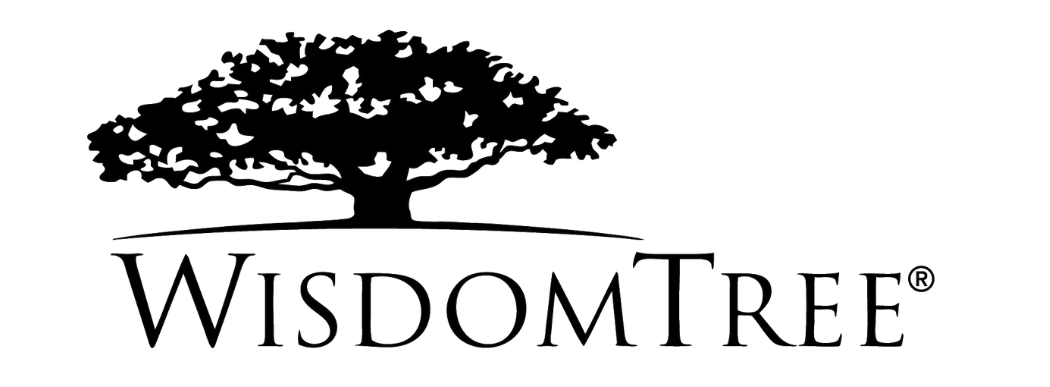WisdomTree hopes to exploit the growing popularity of inverse fixed-income exchange traded products with the launch of three Boost ETPs covering 30-year German bunds, 30-year US Treasuries and 10-year UK Gilts. The German product, in particular, is a new one for the market as it represents the first ETP in Europe offering inverse exposure to German bunds with over 25 years maturity. Nizam Hamid, ETF strategist at WisdomTree, talks to
ETF Stream
about the new launch as the company's hopes to further innovate in the fixed-income space.
Can you explain in detail these new products?
These three new short fixed-income Boost ETPs complement our existing suite of short and leveraged ETPs whilst bringing subtle and important new opportunities. The German Bund and US Treasury ETPs are designed to provide three times the daily short exposure to longer-dated government bond futures, after costs, with aim of providing an efficient solution for investors looking to hedge their fixed-income portfolios, with a focus on duration risk. The UK Gilts short ETP has a leverage factor of one times and therefore provides one times the daily performance of 10 year UK Gilt futures, after costs. All three products are swap-based UCITS eligible ETPs with all swap exposure over-collateralised and are part of WisdomTree's Boost ETP platform that has close to $1bn of assets under management. Reflecting different aspects of investor requirements, the UK Gilts and US Treasury ETPs are listed on the London Stock Exchange in sterling. The German Bund and US Treasury ETPs are listed on the Borsa Italiana in Euros, whilst the German Bund ETP also has a Euro listing on Xetra.
Why do you think now is the right time to be launching these three ETPs?
After a period of extensive returns in fixed income with seemingly increasingly lower yields there are a number of important trends in the various fixed income markets that make short products particularly relevant at this point in the cycle and the near future. For Eurozone investors, German Bunds represent the safe haven of choice, especially given their place in the ECB's quantitative easing bond purchase programme. However, the outlook for bonds in general is likely to enter a period of considerable uncertainty with the end of QE approaching and an environment with significant macro-economic challenges including the spectre of gradually rising interest rates. Although inflation has remained subdued there is also the potential for inflation to real returns and make long bonds less attractive. In the US bond market conditions are materially different given that the Fed has already embarked on a course of interest rate rises and yields are considerably higher than the lows reached in July 2016. The outlook remains one of gradually rising rates with the spectre of inflationary pressures a very real threat given the strength of the economy. UK Gilts are exposed to the Bank of England's recent messaging around rising interest rates, as well as headline inflation that has recently been substantially above the target of 2%. Coupled with the uncertainty that surrounds Brexit negotiations it is apparent that there is much to be concerned about in the context of UK government bonds.
Which type of investors do you think these products will appeal to?
Many investors have a desire to hedge their core holdings of fixed income but lack the tools to manage such exposures. Larger institutional managers can short futures to hedge portfolio risk, but these instruments can be complex to manage with daily margin requirements and roll costs. Short ETPs offer an elegant solution to such portfolio issues by allowing investors to go long a UCITS eligible product that hedge out fixed income risks. Similar ETPs in the fixed income space have proven popular with family offices, private bank and wealth managers looking for cost effective and operationally easy solutions. Flows into short fixed income exposures have been a substantial part of all short ETP flows in the current year. In the case of the German Bunds and US Treasuries these new ETPs from WisdomTree focus on the longer end of the curve and are therefore more efficient from a hedging and interest rate sensitivity perspective. This means that investors can use these products as a more capital efficient hedge compared to existing short ETPs in the fixed-income space.
What should investors be aware of when it comes to the downside with these products?
As with any short and leveraged product investors should be aware of the impact of daily compounding on returns. In the case of fixed income, especially government bonds, the underlying asset typically has low volatility and so the impact of daily compounding of returns is relatively muted. Investors should also consider these ETPs from a portfolio perspective and look to rebalance their hedged position in order to maintain an effective hedge. Understanding the structure of the product is also important given that the ETP is swap-based. Here, with Boost ETPs, investors benefit from full transparency with respect to the fact that the ETP is over-collateralised, with a schedule of assets published on a daily basis. Total cost of ownership is also easy to calculate with the publication of the daily swap rate and, naturally, the TER of the products.
What further innovations in fixed income will WisdomTree be looking at in the year ahead?
We will continue to explore opportunities that could add value in the fixed income space in the coming years. Mitigating risk and enhancing returns relative to core benchmarks are strategically the areas we will look to explore. As it stands we believe that the recent long-bond exposures for US Treasuries and German Bunds provide important solutions for investors.


